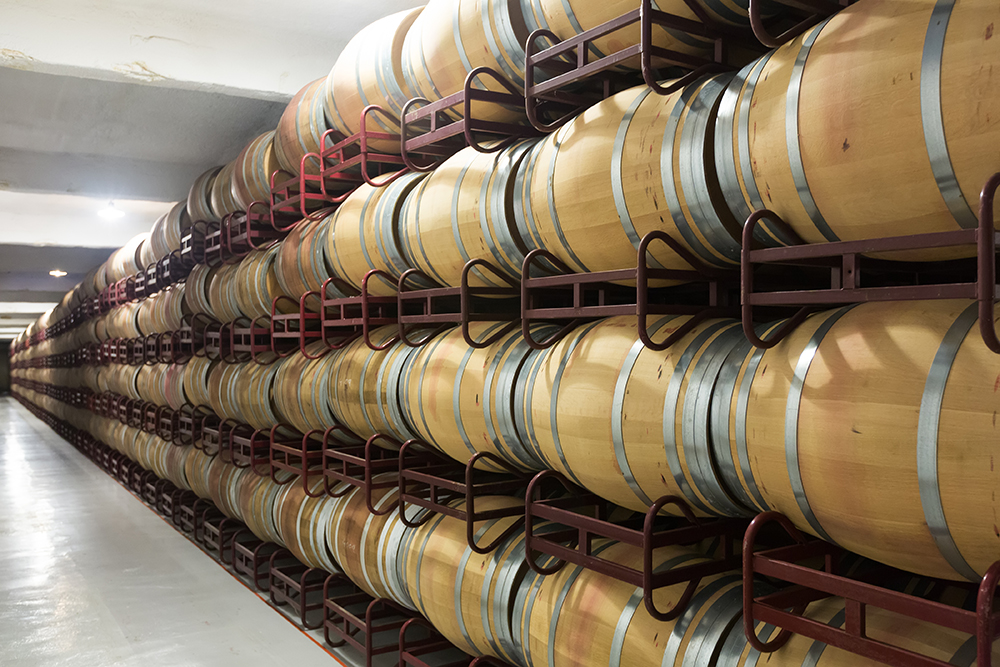Ask any whiskey enthusiast what sets a remarkable dram apart, and they’ll likely point to barrel ageing. From the type of wood used to the climate conditions of the rickhouse, ageing is a transformative process that defines the character of whiskey long before it reaches a glass. As demand for premium and small-batch expressions continues to grow, so does the need for bartenders and buyers to understand how maturation shapes flavour.
For venues sourcing from experienced whiskey distributors, knowledge of barrel ageing provides context for curating a thoughtful spirits list and guiding guests toward standout pours.
What Happens in the Barrel?
Whiskey enters the barrel as a clear, high-proof distillate. Over time, the interaction between spirit, wood, and air begins to create complexity—extracting flavour compounds, softening harsher elements, and adding colour and texture.
Barrels breathe. As temperatures rise and fall, the spirit moves in and out of the wood, pulling vanillins, tannins, and spice into the liquid. Meanwhile, oxidation smooths and integrates flavours, while evaporation (known as the “angel’s share”) concentrates what remains.
The longer a whiskey stays in the barrel, the more it evolves—but age alone isn’t everything. It’s about balance.
Key Variables That Influence Flavour
Barrel Type: American oak imparts vanilla, coconut, and sweetness, while European oak introduces richer spice and tannin. Some distillers use ex-wine or ex-sherry barrels for secondary ageing, adding layers of dried fruit, chocolate, or nuttiness.
Toasting and Charring: Barrels are toasted or charred to varying levels. Heavy char creates a layer of charcoal that filters the whiskey while introducing smoky, caramelised notes. Light toasting brings out more subtle wood sugars and tannins.
Climate and Storage Conditions: A whiskey aged in Australia’s warmer climates may mature more quickly than one aged in Scotland’s cool, damp environment. Faster ageing doesn’t always mean better—it requires precise control to avoid over-extraction or imbalance.
Cask Size: Smaller barrels have a higher surface-area-to-liquid ratio, which accelerates interaction and can yield rich results over shorter periods. Larger barrels age more gradually and often suit long-term maturation.
What This Means for Bartenders and Buyers
Understanding the barrel ageing process isn’t just about technical appreciation—it directly informs how whiskey is served, discussed, and sold on-premise.
For example, whiskeys aged in heavily charred American oak often lend themselves well to stirred classics like an Old Fashioned, while ex-sherry cask finishes may work beautifully in spirit-forward nightcaps or neat pours. Knowing these distinctions empowers staff to recommend options tailored to the guest’s preferences or the venue’s broader menu.
It also helps in stocking decisions. If your bar leans toward smoky cocktails, seek out peated or oak-forward expressions. For elegant sipping options, look for long-aged single malts or small-batch bourbons with thoughtful secondary finishes.
Supporting Your Whiskey Programme
Paramount Liquor works with leading whiskey distributors to offer a broad selection of both traditional and innovative aged spirits—from classic Scotch and Kentucky bourbon to Australian craft distilleries exploring new frontiers in cask finishing.
Our role is to help venues build back bars with depth, regional diversity, and stories worth telling—starting with the barrel. Explore our whiskey range and speak with your account manager to learn more about the ageing styles behind the bottles on your shelf.
